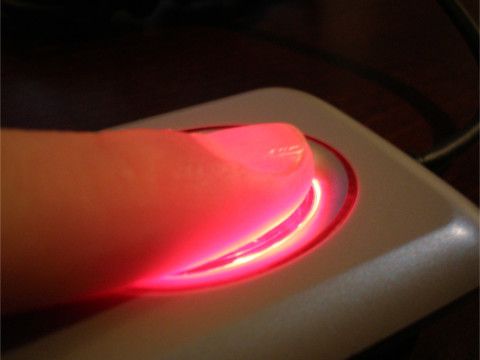
Biometric security for devices is on the rise, and IHS Technology research shows fingerprint sensor security is leading the way.
Fingerprint sensors, used primarily for mobile device login and payment security systems, have become an expected feature in high-end smartphones and, to a lesser extent, in tablets and notebook computers. Led by Apple’s iPhone juggernaut, unit shipments of fingerprint sensors have grown from 316 million in 2014 to 499 million in 2015 and will continue to increase each year to peak at 1.6 billion in 2020, according to IHS.
“The market for fingerprint sensors has heated up quickly, with explosive growth expected to continue in 2016 and beyond,” said Jamie Fox, principal analyst for IHS Technology. “The highest revenue growth is likely to be in the short term, as the market becomes more competitive, price erosion continues and the high-end smartphone market matures and becomes more saturated.”
Apple, which acquired fingerprint-sensor maker Authentec in 2012, continued to lead the fingerprint sensor market in 2015, due mainly to the popularity of its iPhone 6S and iPad product lines.
Fingerprint Cards (FPC), with a wide range of customers in China and elsewhere, came from behind to tie second-ranked Samsung-supplier Synaptics in unit shipments in 2015; however, FPC actually led Synaptics in 2015 revenues at $316 million.
“As more smartphone brands have adopted fingerprint sensors, the market has expanded, and FPC reacted very quickly to the industry’s trend, shifting away from swipe sensors,” Fox said. “FPC’s strong customer-base in China also helped catapult the company into the top three fingerprint sensor makers in 2015.”
The current market for fingerprint sensors relies on capacitive sensors; however, led by Qualcomm, ultrasonic sensors that are even more resistant to user impersonation will soon enter the market.
“InvenSense is another company to watch because it is expected to introduce its own line of ultrasonic fingerprint sensors in 2017,” Fox said.














